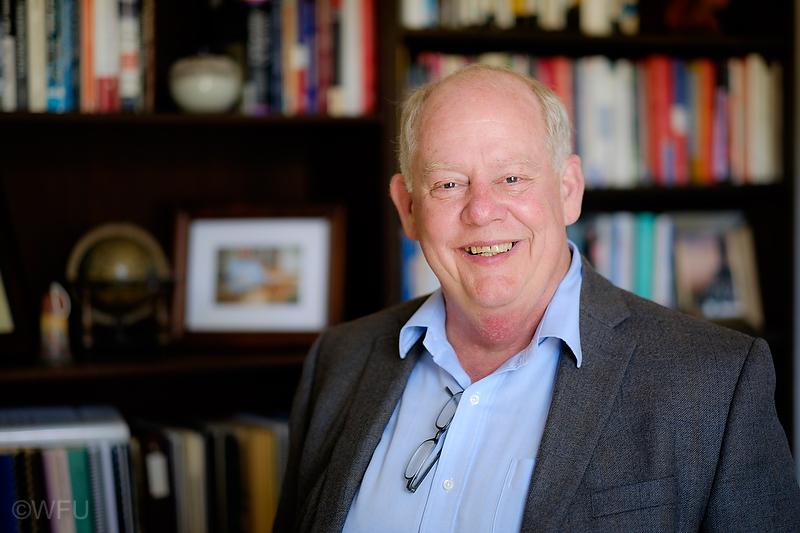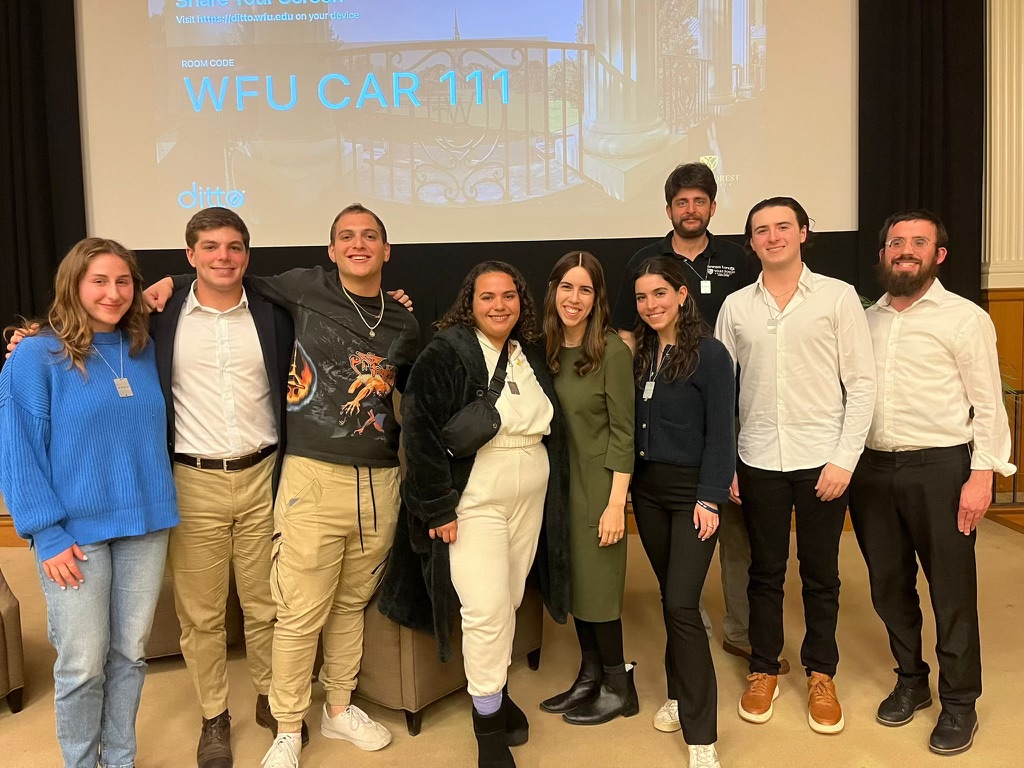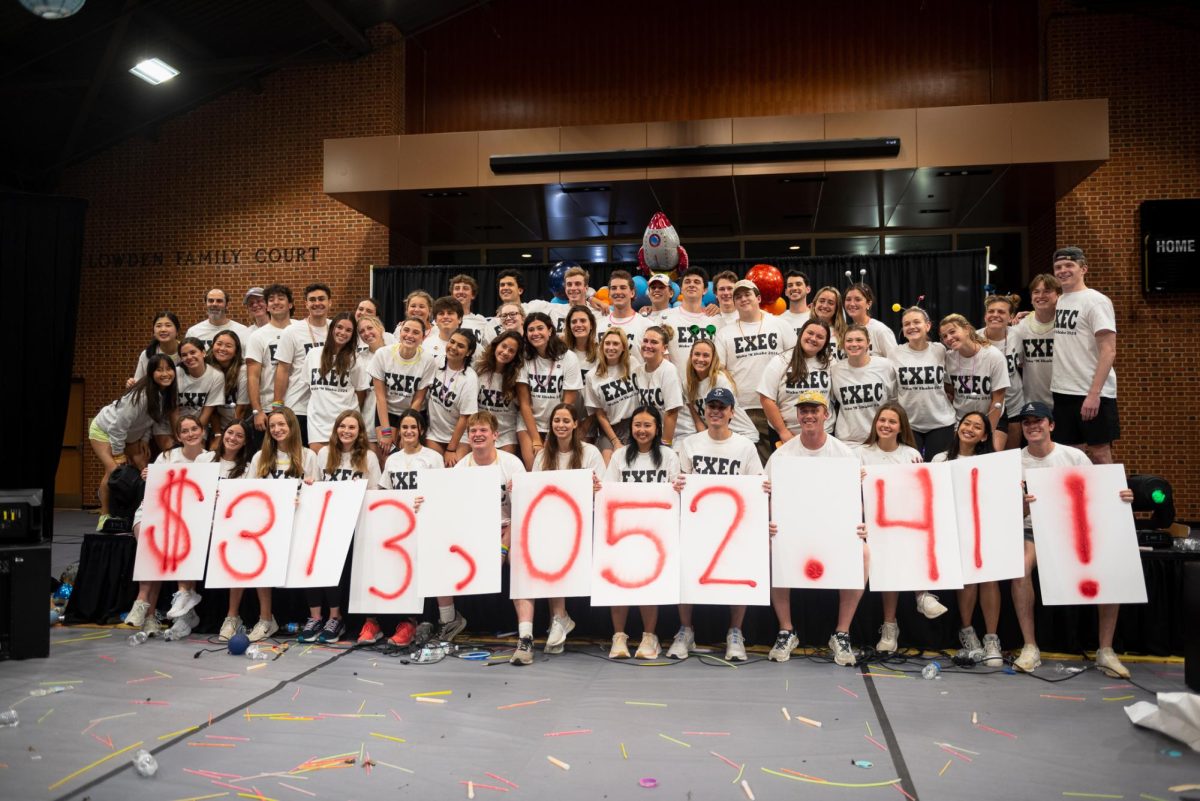It’s no secret that 2016 has been an election cycle like no other. On Tuesday, Sept. 13, Allan Louden of the communications department held a lecture called “Political Advertising in the Age of Trump.”
Louden’s work focuses on political communication. He has worked as a consultant on political campaigns and has commentated campaigns on T.V. and print media during elections.
The lecture began the discussion of President Johnson’s infamous 1964 “Daisy” political advertisement, which played a role in helping President Johnson with 48 of the 50 states.
The advertisement features a young girl picking the petals of a daisy while counting aloud. The girl is interrupted by the countdown of a nuclear bomb hitting the U.S. countryside.
As Louden noted, this ad was particularly effective, because it tapped into American’s fear during the Cold War.
This was at the peak of video campaign advertisements, as the limited amount of T.V. channels ensured that a singular ad could be effectively used to convert and reinforce support for a campaign with a blanket-type approach.
In this election, however, advertisements are being used to target specific groups and reinforce ideologies.
The U.S. political system has become more polarized on party lines as of late, and the increase in technology has influenced this division.
With the increase in technology, campaigns are able to target specific groups with their ads, reinforcing this individuals’ ideologies. The intent of these ads is not to convert potential supporters but rather to rile up supporters so that they actually turn out at the ballot box.
This has led to particularly personal and nasty campaign ads.
Examples include quotes from Secretary Clinton’s speech calling Trump supporters “deplorables” and Trump making fun of marginalized groups. Louden noted that none of the ads are necessarily using quotes in context, instead of fanning the flames of partisanship.
The exception, however, is with third-party candidates. Bernie Sanders, although he campaigned in the Democratic Party, is included in this category, because he does not fit into the establishment of the party.
Both candidates appealed to society at large in a “conversion” approach.
Former Governor Johnson and Sanders are continuing to attempt to build a movement to change the government and party system. Their advertisements focus on rebuilding America
The lecture concluded by discussing the irregularity of the 2016 election cycle. Although elections have always been negative since the times of Thomas Jefferson and John Adams, attack advertisements now are often more personal in their approach today than in the past.
Although there are a multitude of ads all across the political spectrum in this cycle, advertisements from conservative PACs have stopped in an effort to focus funds on congressional campaigns given the controversial nature of the GOP’s presidential nominee. This event was well received by its attendees.
“The lecture on political ads in the age of Trump was an engaging information session that opened my eyes to the various strategies used by politicians to attempt to identify with various groups of people in a manner more appealing than that of their political counterparts,” said freshman Ellie Bruggen. “I found it interesting that most ads are for reinforcement of preconceived ideas rather than conversion to new ideas.”
Campaign ads tend to get increasingly aggressive and negative as the election date moves closer.













